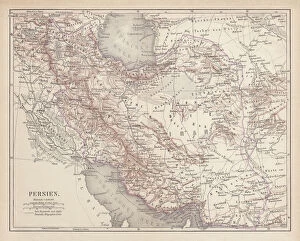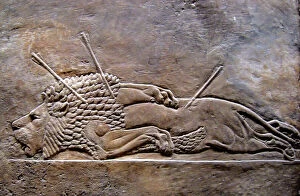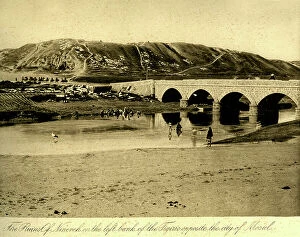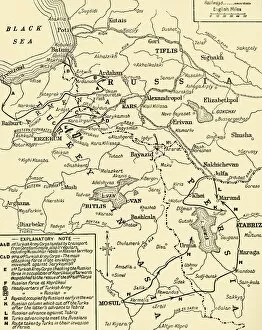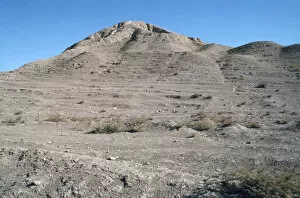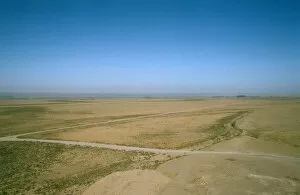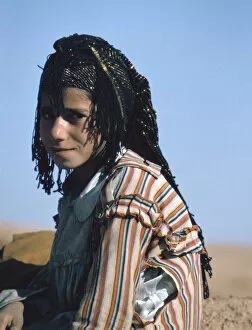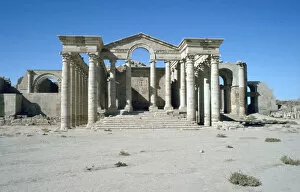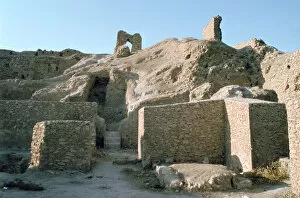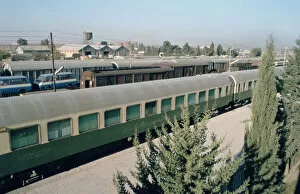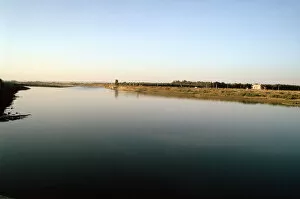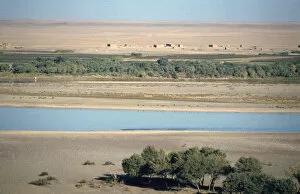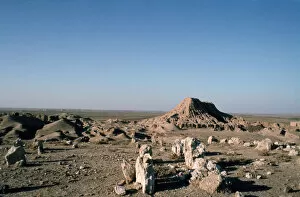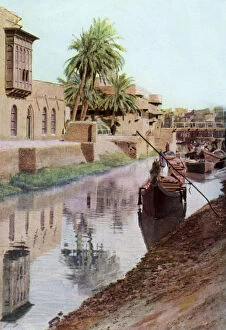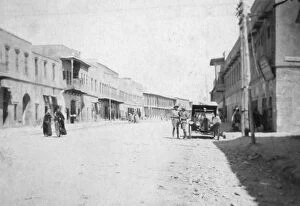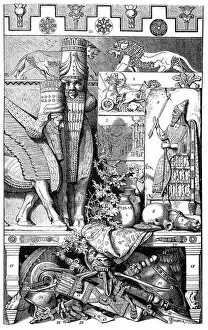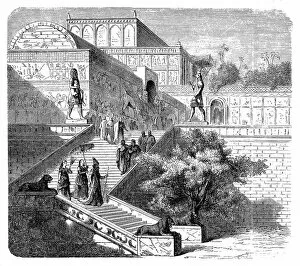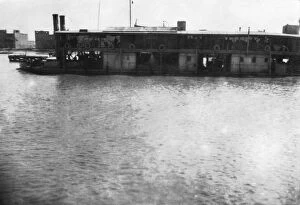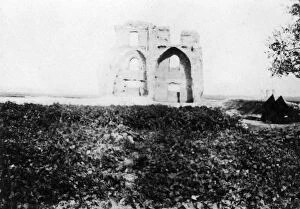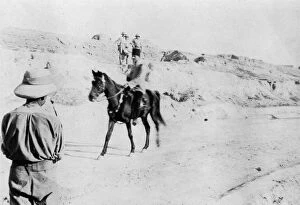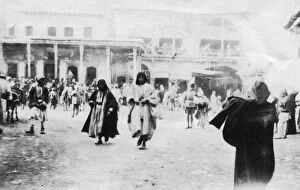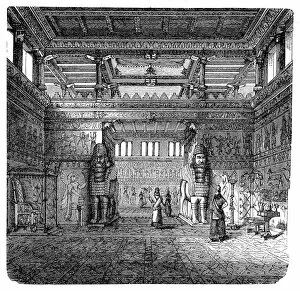Ninawa Collection
"Ninawa: A Glimpse into the Ancient Land of Mesopotamia" Step back in time with this ancient map of Persia, a lithograph published in 1877
For sale as Licensed Images
Choose your image, Select your licence and Download the media
"Ninawa: A Glimpse into the Ancient Land of Mesopotamia" Step back in time with this ancient map of Persia, a lithograph published in 1877. It unveils the rich history and cultural heritage of Ninawa, a region that witnessed the rise and fall of empires. Explore the border between Russia and Turkey during the First World War through an intriguing map from around 1920. Its creator remains unknown, but it serves as a reminder of how conflicts shaped this land. In 1890, Mosul stood tall as the chief town of Al-Jezireh (Mesopotamia). An unknown artist captured its essence, showcasing its bustling streets and vibrant atmosphere. Transport yourself to another era through their eyes. Marvel at the Great Ziggurat in Calah (Nimrud), Iraq, as seen in a photograph from 1977. This architectural masterpiece stands as a testament to human ingenuity and devotion to deities worshipped long ago. The Gate at Northwest Palace in Calah beckons you with its grandeur. Step inside this historical marvel where kings once walked and decisions that shaped civilizations were made. Take in breathtaking views from atop the Ziggurat at Calah; witness how nature intertwines with man-made structures to create an awe-inspiring panorama that has stood for centuries. Admire intricate friezes adorning Northwest Palace walls at Calah; these artistic expressions tell stories etched by skilled hands onto stone surfaces—a glimpse into lives lived so long ago. Meet two shepherdesses frozen in time through photographs taken in Calah during 1977. These images capture their grace amidst vast landscapes—reminders of simpler times when life revolved around nature's rhythm. A lone shepherdess gazes into eternity against the backdrop of ancient ruins—an evocative image capturing both strength and vulnerability—a symbol of resilience passed down through generations.

